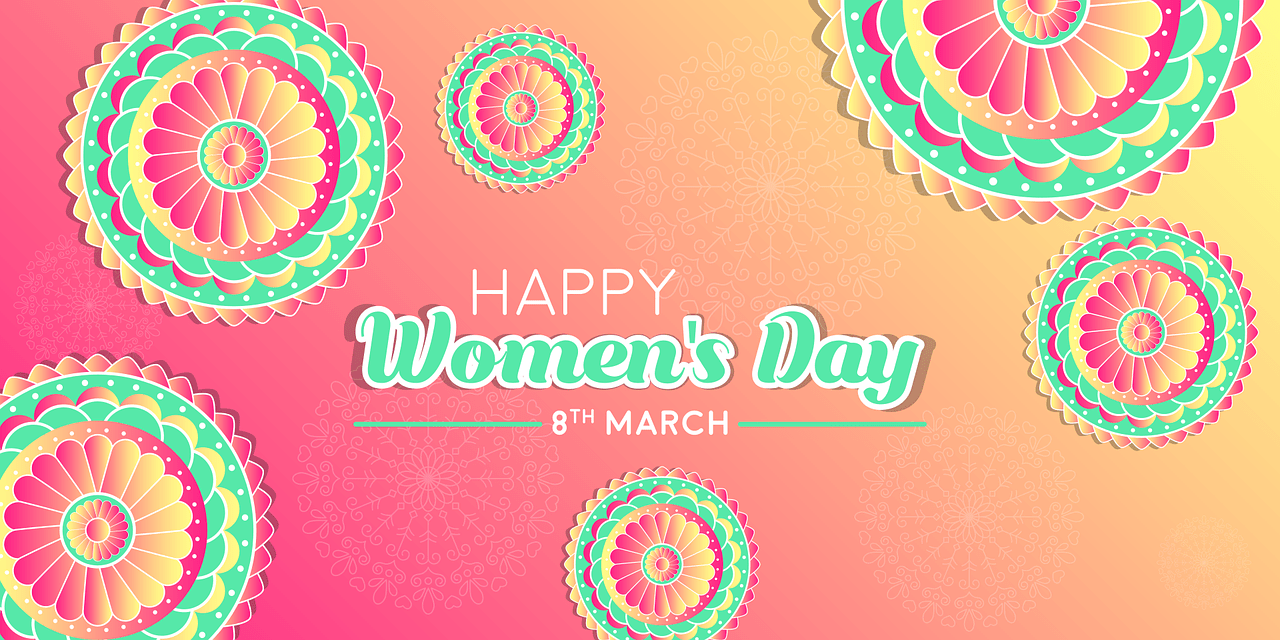International Women’s Day

It began in New York City on 8 March 1857, by presidential proclamation to draw attention to and improve the focus on women in historical studies. It was triggered by female textile workers who marched in protest of unfair working conditions and unequal rights for women. It was one of the first organized strikes by working women, during which they called for a shorter workday and decent wages. Also on 8 March 1908, women workers in the needle trades marched through New York City’s Lower East Side to protest child labour, sweatshop working conditions, and to demand women’s suffrage. The march came to be observed, annually, as International Women’s Day.
Women’s History Week was instituted in 1978 in an effort to begin adding women’s history into educational curricula. In 1987, the National Women’s History Project successfully petitioned Congress to include all of March as a celebration of the economic, political and social contributions of women”. Today, it is celebrated and recognized all over the world with various countries opting to recognize and support their women who made great achievements and faced triumphant challenges.
International Women’s Day (IWD) celebrated on 8 March is a global celebration of the social, economic, cultural and political achievements of women. Held every year on the same day for over 100 years, IWD is also an opportunity to reflect on and further push towards ending gender discrimination.
Gender discrimination negatively impacts girls and women, every day, in almost every society. In some countries women are not allowed to dress as they like, drive, work at night, inherit property and they also suffer a raft of oppressive laws including controlling who they can marry or obliging them to marry, in the case of forced marriages. Even in countries, such as the US, where many women’s rights are protected by law, a large percentage of working women say they have faced discrimination at work based on their gender. I must point out that one of these issues revolve around women being paid less for doing the same job as their male counterparts. Sadly, despite the many years of struggle for a fairer world, the need for International Women’s Day remains as important as ever.
As the journey continues, I would like to take the opportunity to recognize some of the prominent women who shaped Trinidad and Tobago.
Audrey Layne Jeffers CM, OBE was a Trinidadian social worker and the first female member of the Legislative Council of Trinidad and Tobago. She was a household name to many and was most known for her ground-breaking achievements in social work, establishing the Coterie of Social Workers (COSW) in 1921 which provided free lunches to poor school children. The organization then opened the first ‘Breakfast Shed’ to feed the elderly, troubled women, and day nurseries. She advocated for the introduction of a girl’s scholarship, the establishment of a Women’s Police Force and increased employment opportunities for educated Black women.
Jean Pierre was an amazing sportswoman and parliamentarian and considered one of the best goal shooters in world netball. She was awarded the Trinidad and Tobago Hummingbird Medal (Gold) for Sport the Trinity Cross, the nation’s highest award for sport.
Known by her stage name, Calypso Rose, was the first female calypsonian to seize a national title, winning the 1977 Road March with “Tempo”, and went on to take both the Calypso Crown and the Road March titles in 1978, the first to ever accomplish such a feat. She was awarded British Empire Medal of Merit Class II and the Trinidad and Tobago Hummingbird Medal Gold for Culture.
I grew up watching “Aunty Hazel” who became known by a nation of children, and who made indelible contributions to media and the arts in Trinidad and Tobago. She received the Hummingbird Medal (Gold) for her work as a television presenter. Women like Chutney Soca queen Drupatie Ramgoonai brought chutney soca to the forefront. Another cultural icon, Dr Pat Bishop, was a painter, musician, media personality, choreographer, and fashion designer who championed women’s rights. Finally, one of my favorite female icons was known as the ‘Queen of Parang’, Daisy Voisin. Her “aguinaldo’s” (Christmas boxes) are forever etched in our minds.
Subrina Hall Azih is a Trinidadian Educator liming in New York.






